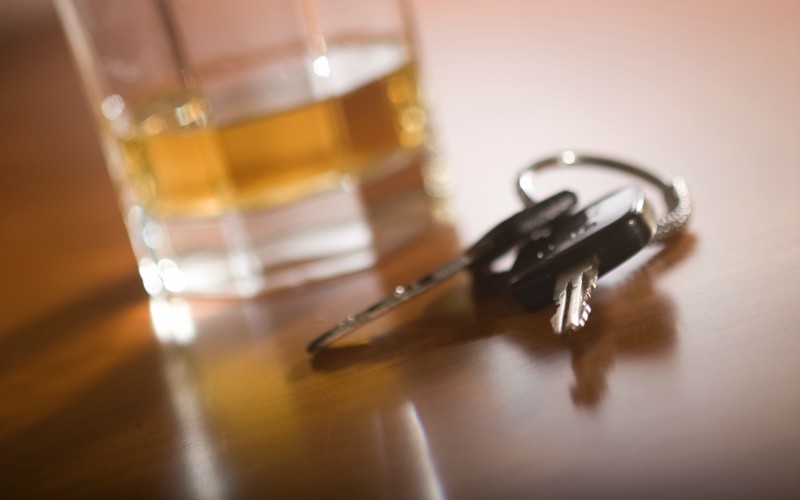
5 December 2017 marks the third anniversary of the reduction of the legal drink-driving limits in Scotland.
The change meant a reduction from 35 micrograms of alcohol per 100ml of breath to 22 micrograms, with similar reductions in respect of blood samples. What this meant was that as of 5 December 2014 just one glass of wine or a pint of beer could be sufficient to put you over the legal limit.
Do the publicly available statistics point to any meaningful impact arising from the change 3 years ago?
Comparing the available data from Transport Scotland from 2014 to 2016 shows a reduction in road accidents of all severities from 8841 to 8346 i.e. a little over 5%. Whilst that is something to be celebrated, taken in isolation the data is insufficient to answer the question.
One might expect to find supportive data in the Police Scotland Management Information Reports, which are published on a quarterly basis. A review of these reports indicates that in 2014/2015 there were 1,388 recorded incidents of drink and drug driving offences. In 2015/2016, by which point the change in law was fully in force this number had dropped to 1,336. Unfortunately however, during the period 2016/ 2017 the number had leaped quite significantly to 1,584, an increase of nearly 19%. If the change in law were intended to dissuade people from drink-driving, then sadly the data does not show that to have been the case. Even the latest available figures for 2017 to 2018 show drink and drug driving offences at 1,446, i.e. higher than before the change in the law.
Further evidence as to the lack of impact of the change, is contained within the Department for Transport’s statistical release “Reported Road Casualties in Great Britain: Estimates for Accidents Involving Illegal Alcohol Levels: 2015”. At the time of going to print, this is the latest available study, and figures for 2016 and 2017 are not yet available.
The DFT Report indicates that in 2015 200 people were killed in accidents in Great Britain where at least one driver was over the drink drive limit. Whilst that final estimate shows that the number of fatalities has fallen by 40 since 2014, the conclusion of the DFT Report is that the change is “not statistically significant”.
Further, 1,370 people were estimated to have been killed or seriously injured in drink drive accidents in 2015 representing “a statistically significant rise” from 1,310 in 2014, which is in fact the highest estimate since 2012. Finally, the estimated total number of accidents where at least one driver was over the alcohol limit rose to 5,730 in 2015, which flies in the face of a meaningful impact.
Whilst I had undertaken this review in the hope of confirming that the reduction of the legal drink driving limits in Scotland would correlate with a reduction in offending rates and accidents, sadly the currently available data does not support that hypothesis. Based on the data I have reviewed it is my opinion that the law has had no effect, with incidents of drink driving and related accidents remaining as high as pre- December 2014 levels.
If you have been injured in a road traffic incident, then call Richard Poole on 01382 346795, or email rpoole@thorntons-law.co.uk for advice on making a claim for compensation. Alternatively, contact any member of our Personal Injury team on 0800 731 8434 for more details.
